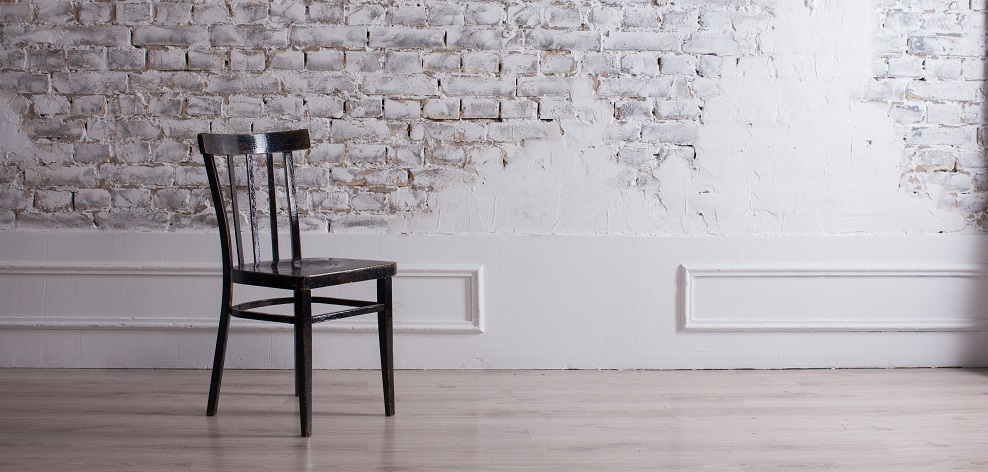We sit a lot.
And let’s face it. A lot of us sit pretty badly.
Often, we are uncomfortable.
We get back and neck aches.
How about you?
Think back. How did you learn to sit?
Most likely you were not taught to sit. You just did it once you got strong enough to hold your head up on top of your spine and support your torso against gravity.
Next time you are out at a restaurant look for a group of adults with a very young child sitting in a highchair. And observe. How do they all sit?
The very young child sitting on the highchair will most likely be sitting beautifully balanced. Head, neck, and torso erect, yet easy. Eyes looking out and taking everything in.
If you look at the adults sitting with the child, they most likely will not be sitting so beautifully.
So, what on earth has happened?
We are designed to be upright and function quite well. And most of us do as very young children. Some of us are lucky and continue to do so into adulthood. But many of us basically lose this ability to be upright with ease.
Some of the reasons why are that we tend to imitate less than good examples by family and peers, we spend countless hours sitting in chairs at school that do not respect how our bodies are designed, we interact poorly with technology…
Before you wallow in utter despair, it’s not all that bad.
Because the good news is you can consciously develop the skills to sit upright with ease – if it is important to you.
This is the first part of a six-part series on sitting. I will be breaking with my normal posting every other week and will post this series in weekly installments.
Sitting involves two things—you and the surface that you sit on.
Learning about both of them and how they interact is fundamental to being able to sit with more ease.
If you have been following my blog, you know that I am big on self-observation. If you want to make a change, you must start by knowing what you are already doing.
You know that Little Miss Muffet sat on a tuffet (I’ll let you investigate what exactly a tuffet is).
But do you know what types of furniture you gravitate toward? And how you tend to habitually sit?
Over the next week, observe yourself and see if you can answer the following questions, without any judgment:
- When I sit, do I normally lean back against something? Or do I hardly ever lean back? Or does it depend on what I am doing? For example: do I tend to sit differently when I am eating, working at the computer, watching TV, driving the car, or riding in the car?
- Do I gravitate toward some types of chairs while avoiding others?
- If I favor certain chairs, what do they have in common?
- If I avoid certain chairs, what do they have in common?
- Where do I put my legs and feet when I sit?
With sitting, as with everything, you want to start with where you are and with what you are already doing.
And go from there.
Image: L.Julia/Shutterstock.com




